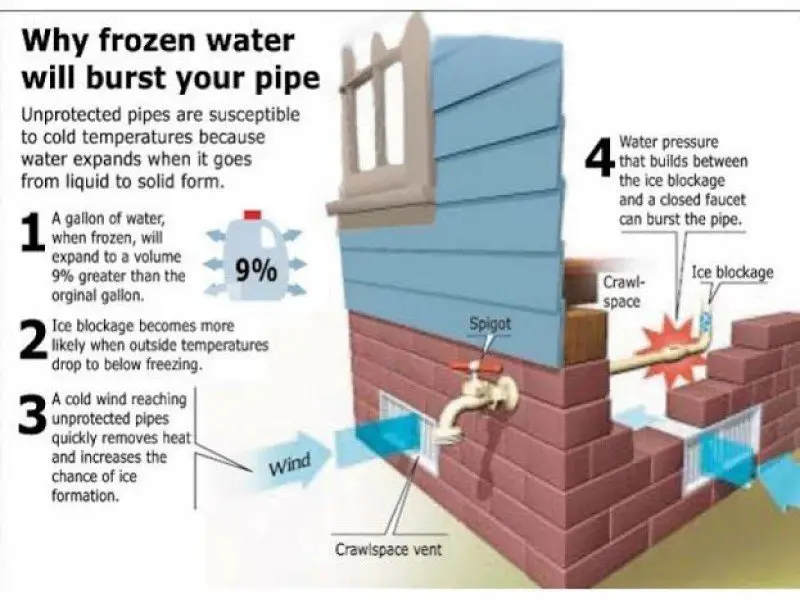How to Prevent Frozen Water Pipes This Cold Winter Hacks was designed to introduce homesteading readers to a simple method for preventing this from happening. When it comes to your home it is always far cheaper to prevent an emergency situation when possible. When it comes to your water pipes in winter time this is especially true, considering if your home water pipes were to burst. If that were to happen you could end up with many thousands of dollars worth of repairs.


